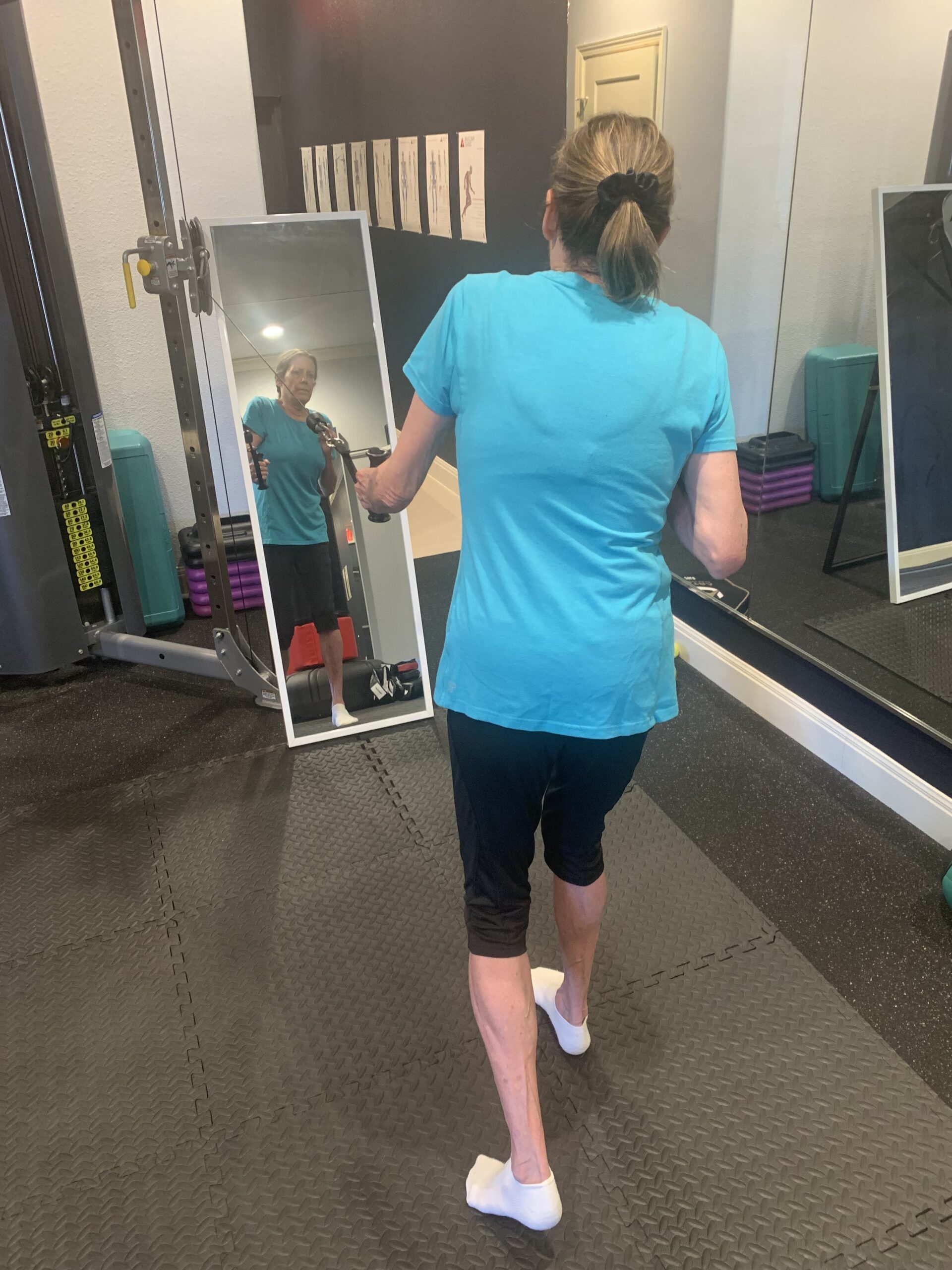Your brain naturally defaults to the neural pathway that represents what you’ve done before. These pathways are created based on habits and behaviors, ei; how you move, what muscles you use to move, what your muscles are doing when you’re not moving, etc.
The brain prefers the path of least resistance- the easiest route to avoid working hard. Since the brain (nervous system) controls our physical actions (muscular system), our function is at the mercy of this path. The way we move is determined on how hard the brain wants to work to coordinate the movement, dictating correct biomechanics versus dysfunctional mechanics based on how your brain is wired.
If your habits and behaviors wire in neural pathways that reinforce the easier path, then your body systems won’t work optimally and over time this becomes normal, and you aren’t even aware of the dysfunction. Using movement as an example… your daily habit of leaning on one leg and popping your hip out to one side when you stand creates a neural pathway, that your brain thinks is normal. Now when you go for a walk, this pathway that was created from your repeated behavior starts to manifest. Every step you take, your hip pops out to the same side as it does when you stand but you aren’t aware of it because your brain has wired this pathway as “normal.” Just because something is normal doesn’t make it right, because a hip that shifts asymmetrically when you walk creates a chain reaction that leads to compensations elsewhere in your kinetic chain. Causing force to pound into your hip joint leading to a hip replacement, unstable hips lead to an unstable spine and overworked knee joints, leading to neck and ankle problems, etc. Think about what else happens during other movements if all this is happening just when you walk.
This is why we prioritize the “mind muscle connection” during training because your body becomes blind to how it’s moving, when your brain has been controlling it a certain way for so long. Our trainers work to uncover if your movement patterns are serving your body for sustainable function or wrecking your body and expediting the aging process.
Contact us if you want to evolve your training to achieve a more practical outcome, instead of just exercising through that path of least resistance.




